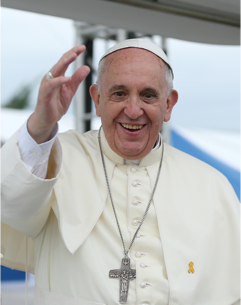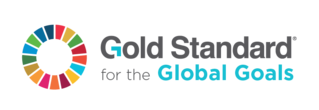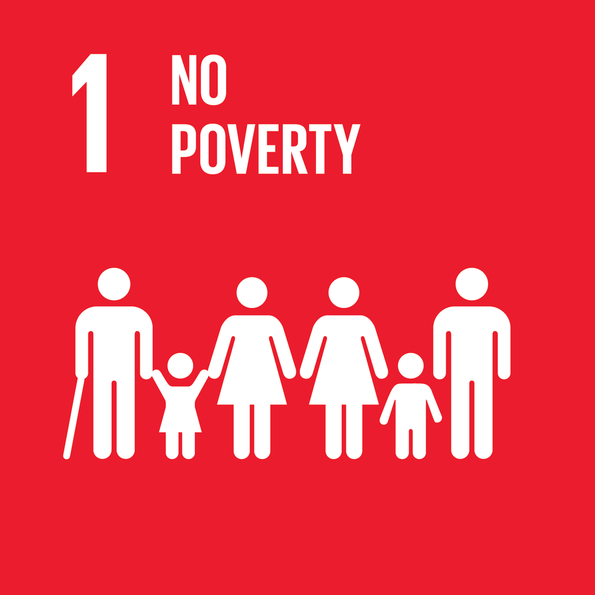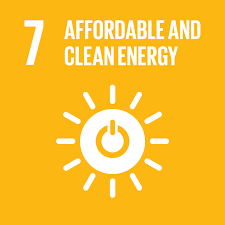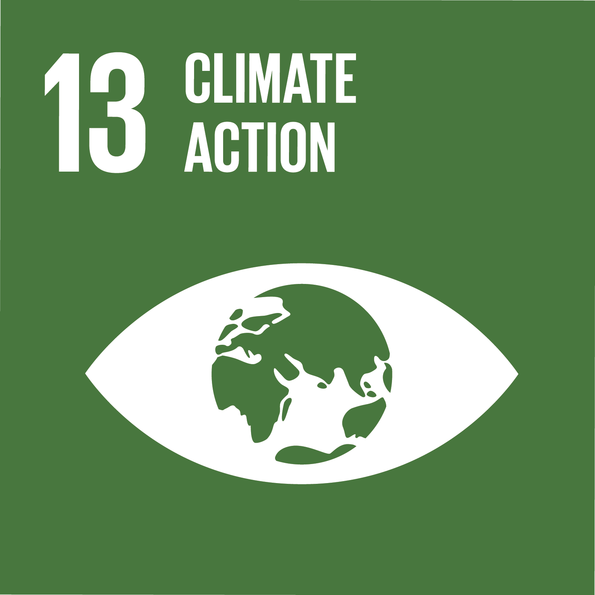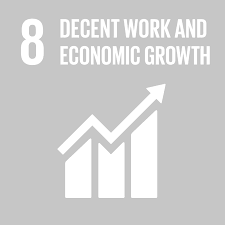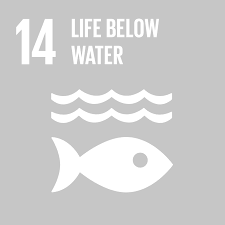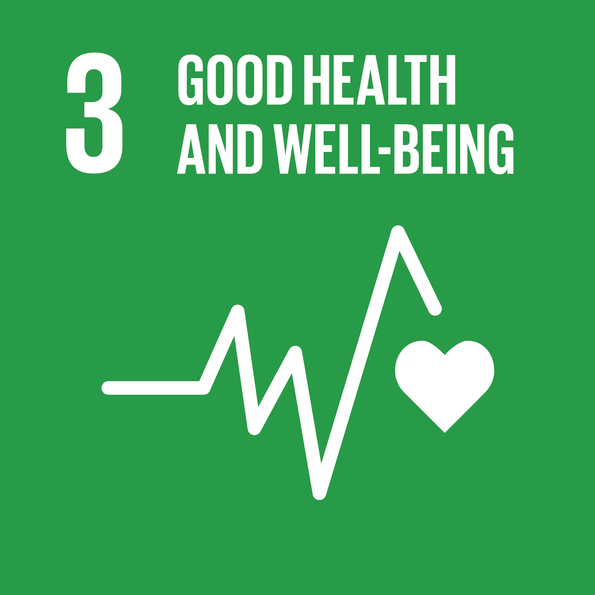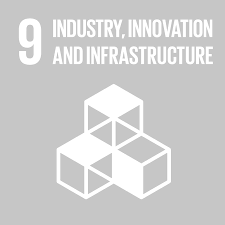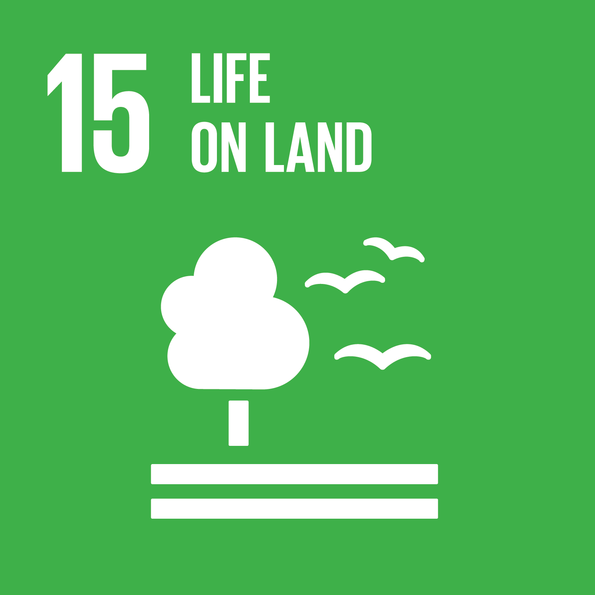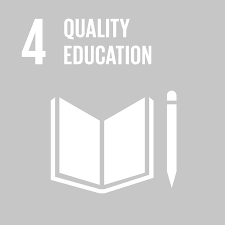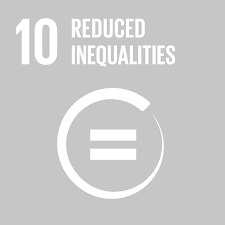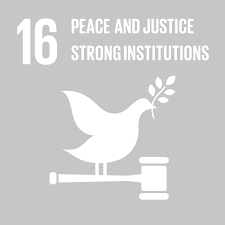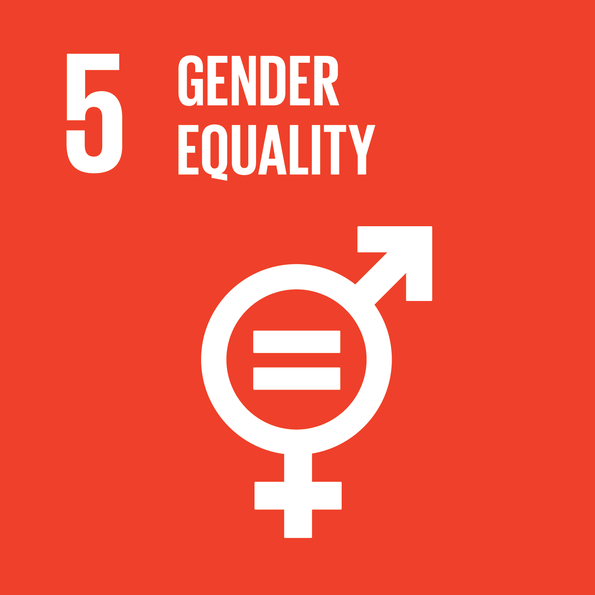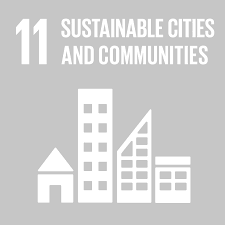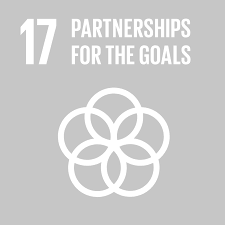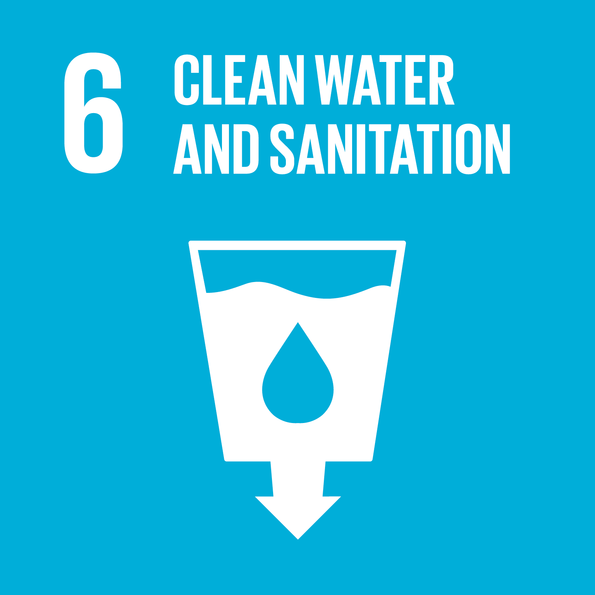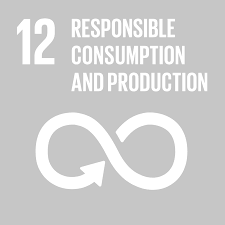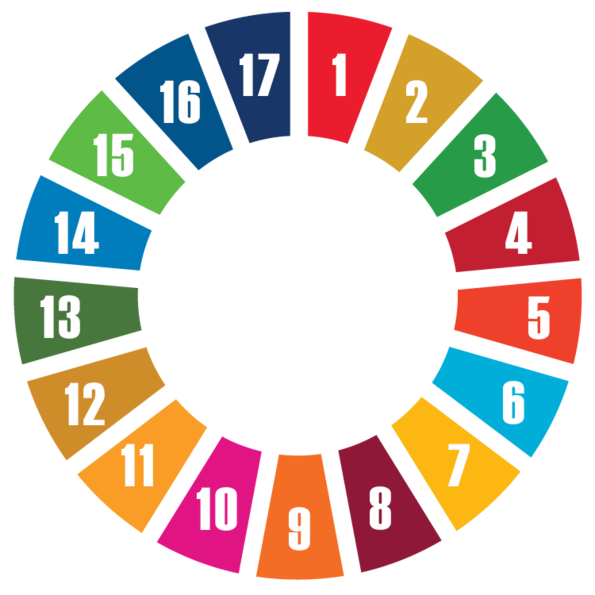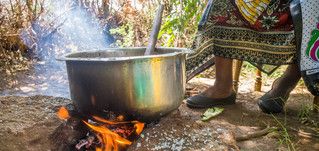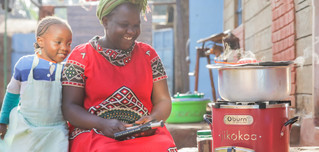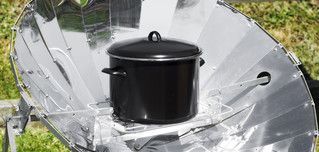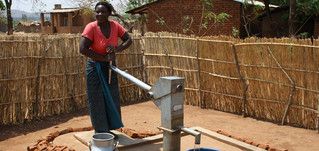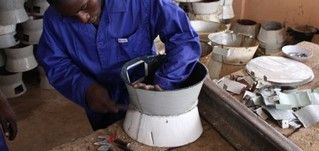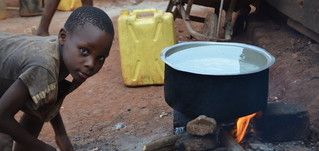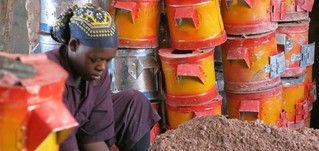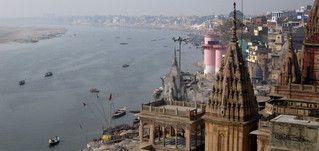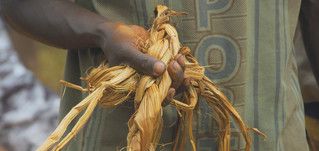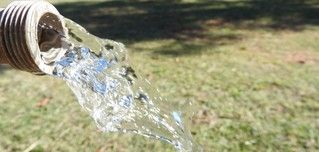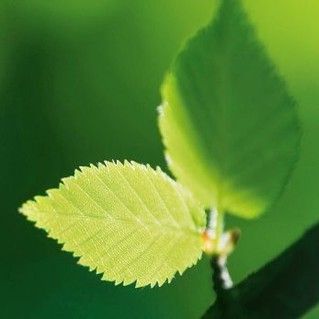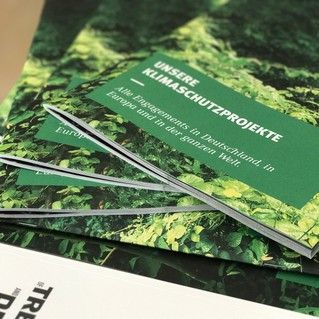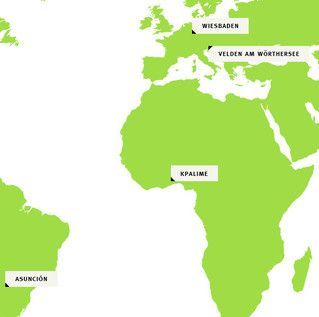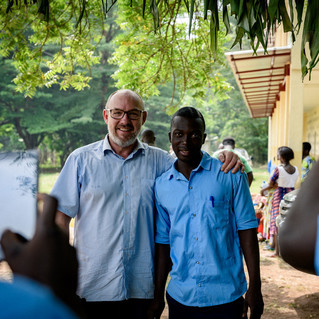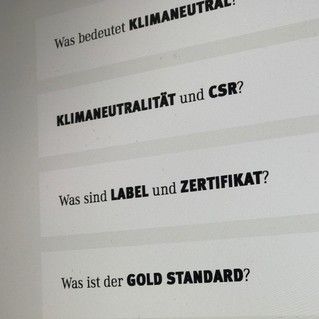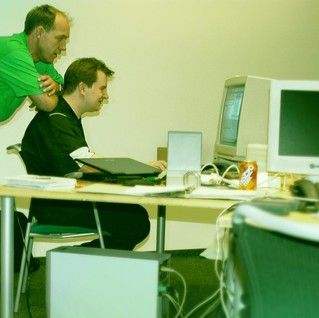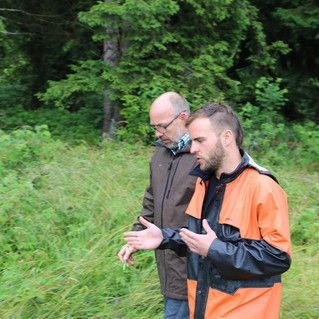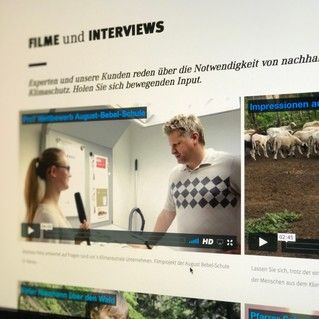paradigm healthy cookstove and
water treatment
Reduced deforestation through efficient cooking stoves
all regions, kenya*
The carbon offset project aims to improve health and income throughout
Kenya by reducing the time and expense required to acquire fuel for cooking in individual households as well as institutions of household and institutional kitchens.
It will also provide local people with improved access to clean water.
In order to provide households and institutions throughout Kenya with the most suitable technology for clean cooking and the treatment of drinking water, the project will be made possible and financed through the sale of CO2 credits.
Local market channels are being developed and NGOs are helping to create sustainable distribution networks of locally suitable efficient stoves and water treatment products.
*kenya
More than 3 million camels due to climate change
Particularly the northwest of Kenya, the border area to Ethiopia has been suffering for some time under the concomitants of climate change. Weather records show that average annual temperatures have risen by about 3 ° C from 1967 to today. The long rainy season is getting shorter and drier, and the short rainy season is getting longer and wetter. Pasture lands are shrinking, sinking water levels of inland lakes and ponds, dying fish populations are making life difficult for the approximately 1.2 million people living in the area.
Bringing water home is the job of women and girls who sometimes have to walk long distances. Sick children due to insufficient food and lack of clean drinking water.
Cattle, traditionally the pride of indigenous families, are now almost a rarity in northern Kenya. Camels, on the other hand, are now many. This is due to the dust-dry soil, which hardly produces plants. No pasture and no more water for cattle. The camels are fed with prickly acacia. In Kenya, money for cattle is left to white farmers, who run luxurious tourist lodge parallel to their farms.
From the, in the eyes of Kenyans, once poorer cattle alternative, camel has become but almost a success story. In contrast to the cows, which need an extremely high amount of water, camels can endure long periods of drought and still produce more nutritious camel milk compared to cow's milk. During periods of drought, only about 15 percent of the animals die. Herds of cows were nearly killed up to 80 percent. For a calf, the breeders got about 180 euros, for a camel almost three times as much.
Nevertheless, Kenya is dependent on the support of the industrialized nations for measures to adapt to climate change, since these are also the main causes of climate-damaging greenhouse gases. The same is true of Pope Francis, who symbolically planted a tree on his visit to Nairobi in 2015 on the UN site.
Planting a tree is first and foremost an invitation to continue fighting against phenomena such as the discharge and desertification. It reminds us of the importance of protecting and responsibly managing those lungs of the planet rich in biodiversity.
